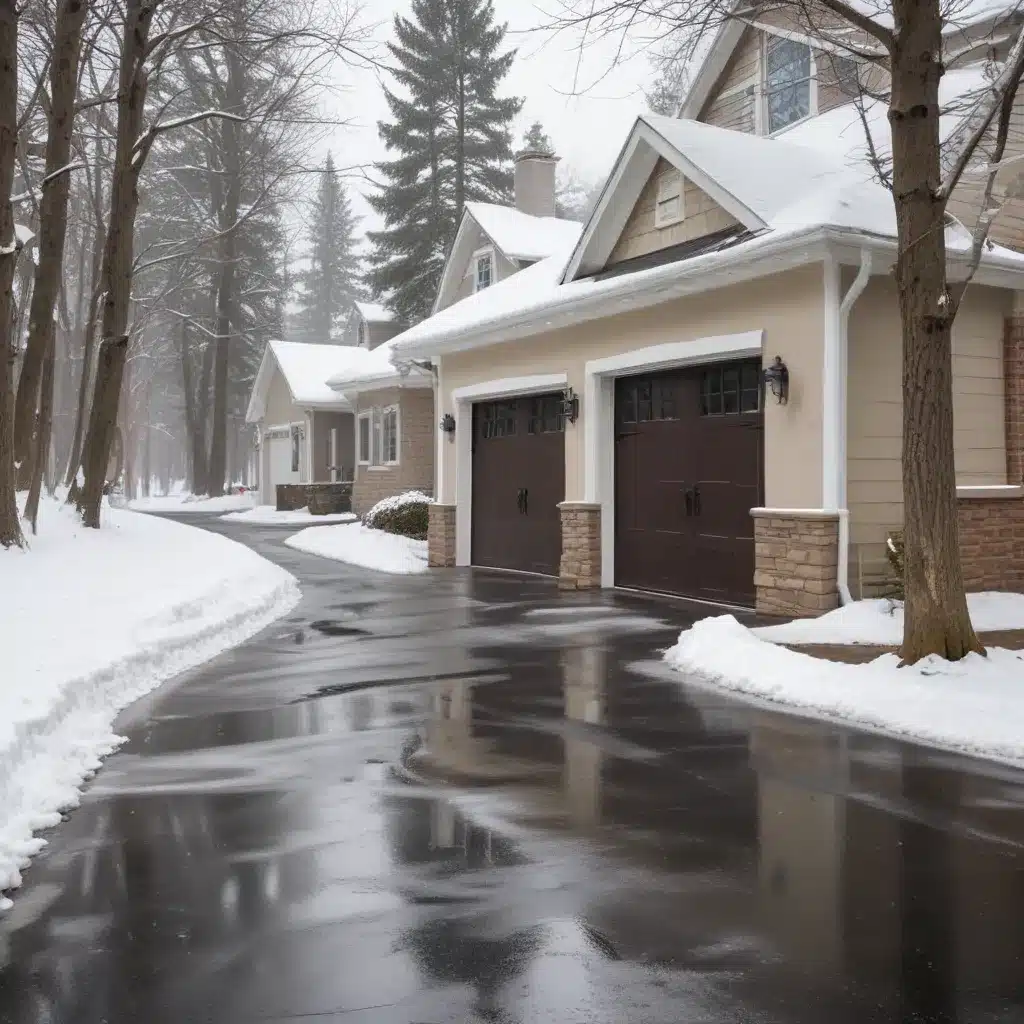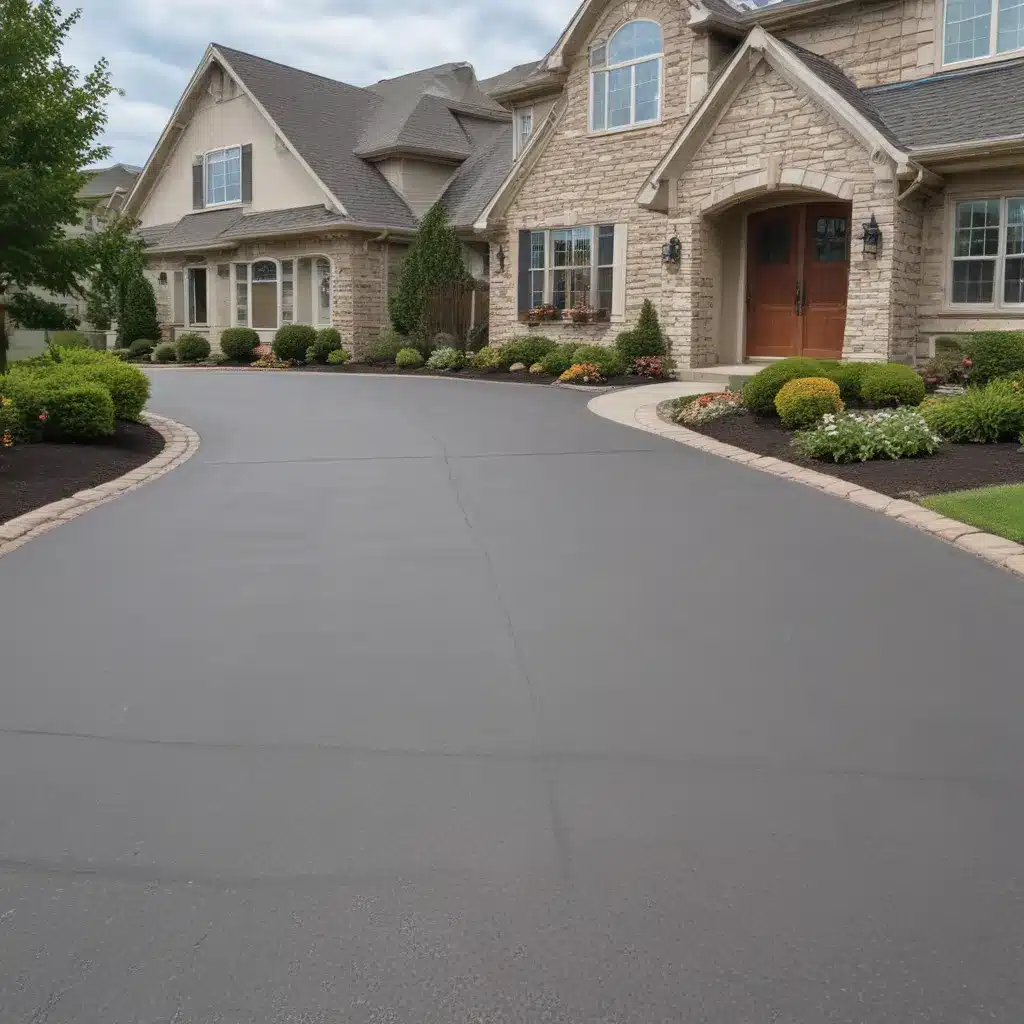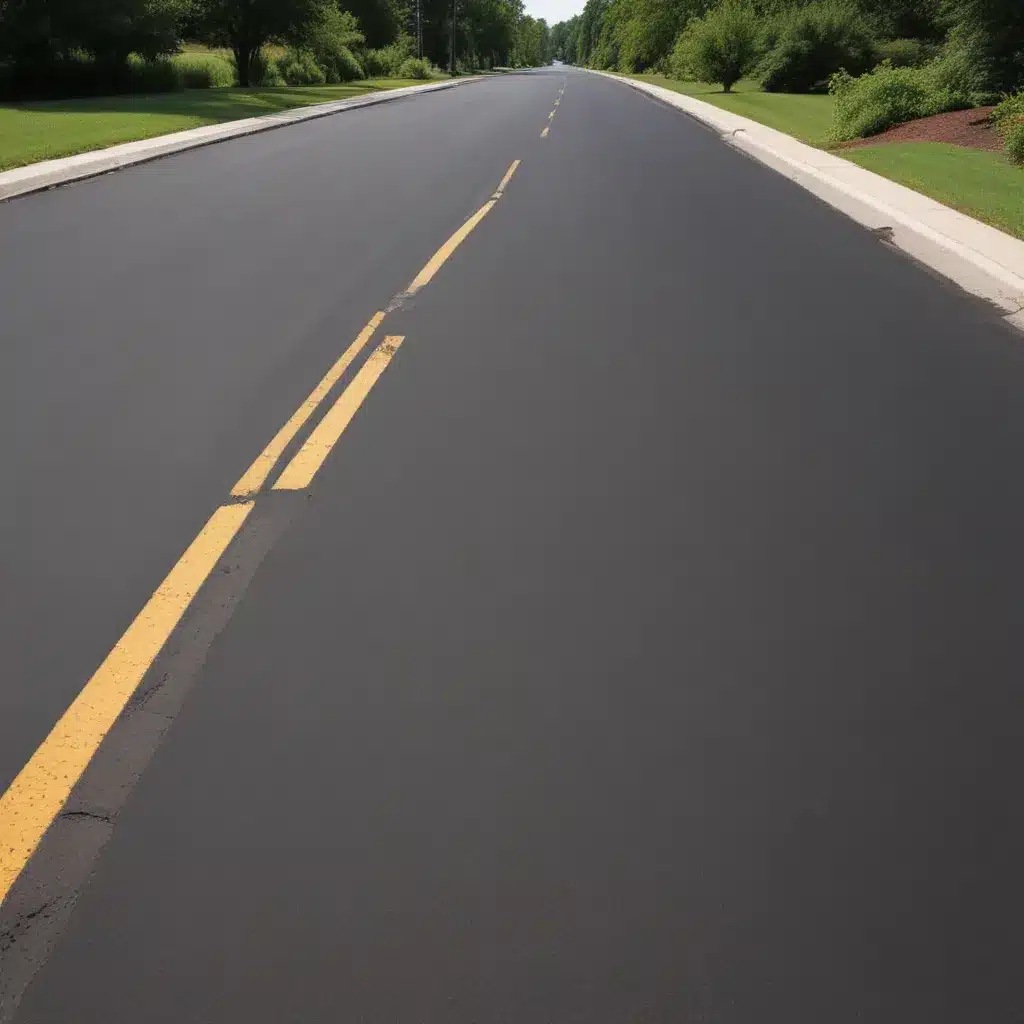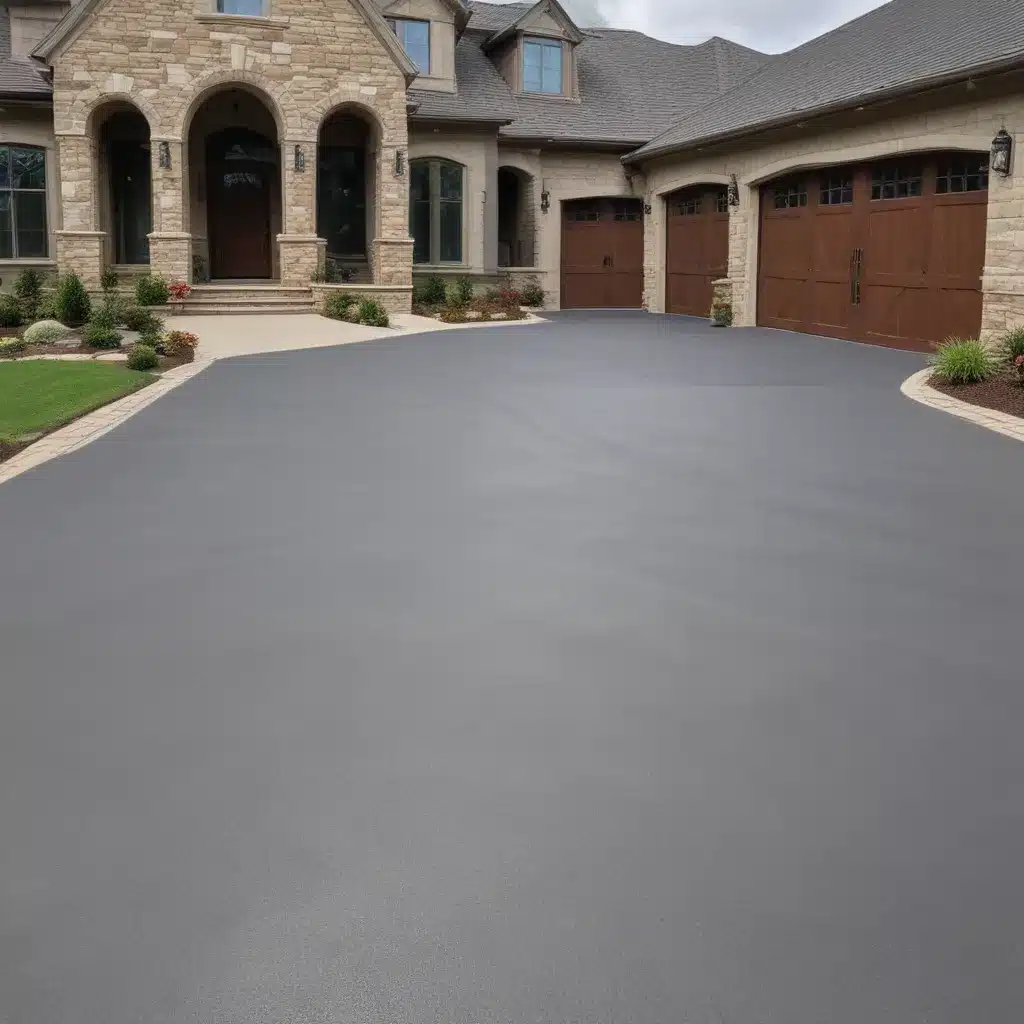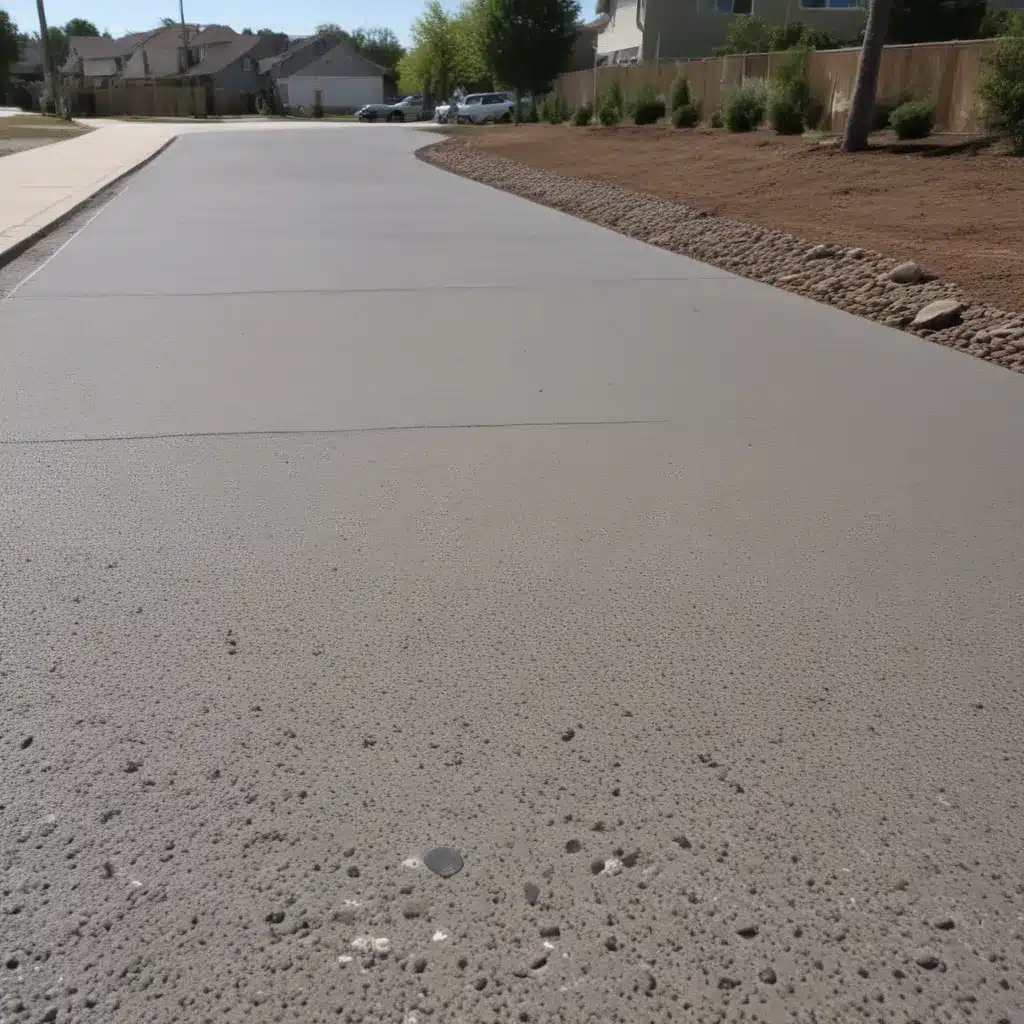The Winter Wonderland Dilemma
Ah, the joys of winter – the crisp air, the sparkling snow, the…icy driveway. As a homeowner, I’ve been there before. You wake up, eager to tackle the day, only to step outside and nearly slip and slide your way back into the house. It’s a tale as old as time, but one I’m sure many of us can relate to.
So, what’s a snow-weary homeowner to do? Well, that’s where snow melting systems come into play. These ingenious little devices can transform your driveway from a treacherous ice rink to a clear, safe pathway. But are they worth the investment? That’s the million-dollar question (or should I say, the thousand-dollar question?).
In this in-depth article, I’ll be exploring the pros and cons of snow melting systems, diving deep into the nitty-gritty details to help you make an informed decision. Whether you’re a seasoned homeowner or a newbie navigating the winter wonderland, this guide will arm you with the knowledge you need to tackle those icy driveways head-on.
Understanding Snow Melting Systems
First things first, let’s get down to the basics. What exactly are snow melting systems, and how do they work? In simple terms, these systems use a network of pipes or cables installed beneath your driveway, patio, or walkway. These pipes or cables are then heated, either by electricity or a hydronic (water-based) system, to melt any snow or ice that accumulates on the surface.
The concept is pretty straightforward, but the technology behind it can be quite complex. These systems can be tailored to fit the unique needs of your property, with customizable settings and sensors that help them operate efficiently.
But here’s the real kicker – these snow melting systems aren’t exactly cheap. The installation process can be quite involved, and the ongoing energy costs can add up quickly. So, before you dive in headfirst, it’s important to weigh the pros and cons carefully.
The Pros of Snow Melting Systems
Alright, let’s start with the good stuff. What are the benefits of installing a snow melting system on your driveway? Well, my friend, the list is quite impressive.
1. Improved Safety
The primary advantage of a snow melting system is the increased safety it provides. No more slipping and sliding on icy patches, no more shoveling in the freezing cold, and no more worrying about potential accidents. Your driveway will be clear and safe, even during the most brutal winter storms.
2. Convenience
Imagine waking up to a freshly melted driveway, no shoveling required. That’s the kind of luxury a snow melting system can provide. You can bid farewell to the arduous task of clearing snow and ice, freeing up your time and energy for more enjoyable wintertime activities.
3. Increased Home Value
Believe it or not, a well-installed snow melting system can actually boost the value of your home. It’s a unique feature that can be a major selling point, especially in areas with heavy snowfall. Buyers are often willing to pay a premium for the convenience and safety these systems offer.
4. Reduced Maintenance Costs
While the initial investment in a snow melting system may be hefty, it can actually save you money in the long run. Think about all the time and effort you’d normally spend shoveling, salting, and maintaining your driveway during the winter months. With a snow melting system, those costs are significantly reduced.
5. Environmental Benefits
Believe it or not, snow melting systems can actually be better for the environment than traditional snow removal methods. By reducing the need for chemical de-icers and gas-powered snow blowers, you’re minimizing your carbon footprint and contributing to a greener, more sustainable future.
So, those are the major pros of installing a snow melting system on your driveway. Sounds pretty enticing, right? But wait, there’s more to the story…
The Cons of Snow Melting Systems
As with any home improvement project, there are also some potential downsides to consider when it comes to snow melting systems. Let’s dive in.
1. Expensive Installation
I mentioned this earlier, but it bears repeating – these systems don’t come cheap. The installation process can be complex and labor-intensive, often requiring extensive excavation and the placement of intricate pipe or cable networks. Expect to shell out thousands, if not tens of thousands, of dollars for the full setup.
2. High Energy Costs
Once the system is installed, you’ll also have to contend with the ongoing energy costs. Depending on the size of your driveway and the system’s energy source (electricity or hydronic), your utility bills could skyrocket during the winter months. This can significantly offset the long-term savings you might see from reduced maintenance.
3. Potential for Breakdowns
Like any mechanical system, snow melting systems aren’t immune to malfunctions or breakdowns. If a pipe bursts or a cable becomes damaged, you could be facing some expensive and disruptive repairs. And let’s not forget about the potential for power outages, which can render your system useless when you need it most.
4. Limited Versatility
Snow melting systems are specifically designed to, well, melt snow. But what about other types of inclement weather, like heavy rain or freezing rain? These systems may not be as effective in those situations, leaving you with the need for additional maintenance and safety measures.
5. Environmental Concerns
While snow melting systems can be more eco-friendly than traditional snow removal methods, they still have their fair share of environmental drawbacks. The energy consumption required to power these systems can contribute to a larger carbon footprint, and the potential for fluid leaks or spills can have negative impacts on the soil and surrounding ecosystems.
Whew, that’s a lot to consider, isn’t it? It’s clear that snow melting systems have their pros and cons, and the decision to install one ultimately comes down to your specific needs, budget, and priorities.
Weighing the Pros and Cons
Now that we’ve explored the various benefits and drawbacks of snow melting systems, it’s time to put on our decision-making hats. How do you know if a snow melting system is the right choice for your home?
Well, it all comes down to a careful cost-benefit analysis. Ask yourself questions like:
– How much do I value the convenience and safety of a clear driveway during the winter?
– Can I afford the significant upfront investment and ongoing energy costs?
– Is the potential increase in home value worth the initial expense?
– Am I willing to deal with the risk of breakdowns and maintenance issues?
– Do the environmental concerns outweigh the benefits?
Jot down your answers, weigh the pros and cons, and then make an informed decision. It’s not an easy choice, but with the right information and careful consideration, you can determine whether a snow melting system is a worthwhile investment for your home.
Real-World Examples: Success Stories and Cautionary Tales
Of course, the best way to get a true sense of the pros and cons of snow melting systems is to hear from homeowners who have been there, done that. Let’s take a look at a few real-world examples to help paint a clearer picture.
The Satisfied Homeowner
Meet Sarah, a homeowner in snowy upstate New York. After enduring countless winters of shoveling and salting her driveway, she decided to take the plunge and install a snow melting system. “It was a big investment, but the peace of mind and convenience have been priceless,” she tells me. “I no longer have to worry about slipping on icy patches or spending hours clearing snow. My driveway is always clear, and it’s actually added value to my home. It was absolutely worth it for me.”
The Cautionary Tale
On the other hand, there’s the story of John, a homeowner in the Midwest who had a less-than-stellar experience with his snow melting system. “The installation was a nightmare,” he recalls. “The contractors hit a water line during the excavation, and it ended up costing me an extra $5,000 to fix the damage. Then, two years in, the system started malfunctioning, and I had to shell out another $3,000 for repairs. The energy bills were also way higher than I expected. Needless to say, I’m not a huge fan of snow melting systems anymore.”
These real-life examples underscore the importance of thoroughly researching and weighing the pros and cons before making a decision. While snow melting systems can be a game-changer for some homeowners, they may not be the right fit for everyone.
The Bottom Line: Is a Snow Melting System Right for You?
So, after all this information, what’s the verdict? Should you invest in a snow melting system for your driveway?
The answer, as with most things in life, is: it depends. There’s no one-size-fits-all solution when it comes to these systems. It all comes down to your specific needs, budget, and priorities.
If you live in an area with heavy snowfall, value the convenience and safety of a clear driveway, and have the financial resources to absorb the upfront and ongoing costs, a snow melting system could be a worthwhile investment. The potential increase in home value and reduced maintenance expenses may even make it a smart long-term choice.
On the other hand, if you’re on a tighter budget, or you’re not convinced the benefits outweigh the drawbacks, it might be better to stick with good old-fashioned shoveling and salting. There’s certainly something to be said for the simple pleasures of a good, honest sweat session in the winter wonderland.
Ultimately, the decision is yours. But I hope this in-depth exploration of the pros and cons of snow melting systems has given you a clearer picture of what to expect. With the right information and a little bit of careful consideration, you can make the choice that’s best for your home and your winter-weathering needs.
Now, if you’ll excuse me, I think I hear my driveway calling. Time to fire up the ol’ snow blower and get to work!

